Moto G5S Plus
The Moto G5S Plus is the quick-fire successor to the Moto G5 Plus, arriving less than six months after the G5.
It's not overly clear why Lenovo (the firm that now owns the Moto handset business) opted for such a quick replacement, but it's not uncommon in today's mobile market - just look at OnePlus and Sony.
Editor's note: While the Moto G5S Plus is still widely available, Motorola itself is no longer selling it on its own website. What does this mean? Well, with none of the firm's G series available from its own site, and with a heavy tease made at MWC 2018, we are expecting its successor - the Moto G6 Plus (and Moto G6) to arrive very soon.
If you're considering buying the Moto G5S Plus you may want to hold on a few more weeks to see if Motorola launches an updated version of its hugely popular mobile line. If you simply can't wait, the G5S Plus is still a great buy.
The Moto G5S Plus offers up a slightly slicker design, larger screen and dual cameras over the phone it replaces.
It's another solid hit for the series, though, with potentially-fixable camera lag the only major black mark on what is otherwise a great value, high-quality phone.
Moto G5S Plus price and availability
- Moto G5S Plus release date: August 2017
- Moto G5S Plus launch price: £259 ($279.99, around AU$350)
The Moto G5S Plus price at launch was £259 ($279.99, around AU$350), but since its arrival in the middle of 2017 the price has dropped to around £220 SIM free in the UK.
While it is still widely available from carriers and retailers, the G5S Plus is no-longer available on the Motorola UK and Australia websites, suggesting the Moto G6 Plus could well be imminent.
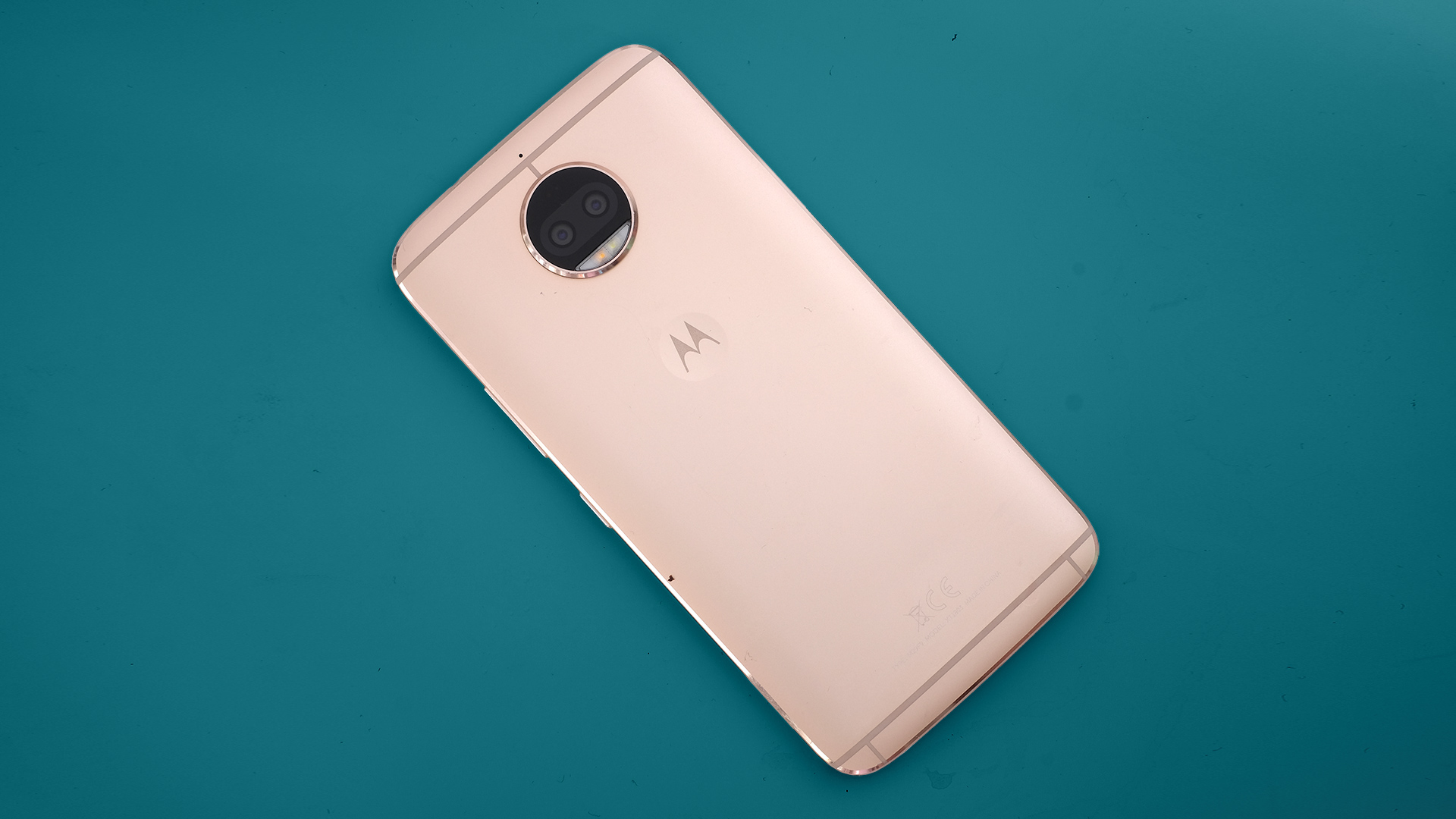
Mid-range specs at an affordable price
- High-quality metal build
- A 5.5-inch screen
The Moto G series has become a smartphone institution to rival Samsung's S series. We've been recommending these phones to buyers on a budget since the first Moto G appeared in 2013.
These phones used to be made by Motorola, now Lenovo. And while a few design priorities have changed in the handover, the core philosophy remains: these are handsets made for people who don't want to spend an obscene amount on a phone.
The Plus models, including the Moto G5S Plus, are for people out for a little more; a larger screen, perhaps more memory and a bit more power.
Not much time has passed since its predecessor the G5 Plus arrived, making us wonder, what's different?
At first glance, you'd assume the biggest change is the new dual rear camera setup. But it’s not. Two other elements are more important.
Lenovo has significantly improved the build of the Moto G5S Plus, using a full metal jacket rather than a plastic one with a thin sheet of aluminum on the back. This is a top-grade build, not a penny-saving kludge.

The screen is also larger, a 5.5-inch display rather than the 5.2-incher of the G5 Plus. This is a return to the roots of the Plus line, making it seem a phone geared at enthusiasts.
In some ways, it's a much truer sequel to the Moto G4 Plus than the Moto G5 Plus ever was. It also has NFC, missing from the Moto G5.
This is a very nice phone.
There's not a great deal of progress in terms of camera quality, processor power or display technology.
However, they arguably are not needed, as the Moto G5S Plus already gets close to the experience of using a £500/$600/AU$700-plus phone for half the price.
Design
- Significantly improved all-metal shell
- Front fingerprint scanner
Last time around, Lenovo tried to trick us a bit with the Moto G5 and G5 Plus. They were metal phones, but only just. A significant part of the frame was plastic, particularly on the smaller Moto G5.
Lenovo has fixed this in the Moto G5S Plus. Every part of the shell apart from the antenna lines on the back and the glass covering the display and camera is aluminum. There’s no sneaky plastic anywhere.
The build is a full league above that of the previous phones and this is comfortably the best-looking Moto G phone to date, much as we have a serious soft spot for the original all-black Moto G. It feels great too.
We switched to using the Moto G5S Plus from the HTC U11. That phone is three times the price but the transition didn’t seem a huge drop down in terms of pure feel.

There are some neat extras too. The Moto G5S Plus has a reasonably fast fingerprint scanner in the bezel below the screen, and a microSD slot in the SIM tray to let you add to the 32GB of storage.
Its scanner can also be used to replace the on-screen soft keys. A left swipe is 'back', a right one brings up recent apps. This is just an option, you can turn it off.
Like its predecessors, the Moto G5S Plus has a micro USB socket rather than a USB-C one, a move that seems a little out of date and will be positively archaic by the time the phone slips off shelves.

However, USB-C alone doesn’t necessarily provide faster charging or data transfer, only compliance with a higher USB spec does. The two are different.
The Moto G5S Plus has its own fast charging anyway. There's no full IP67/68 waterproofing, which lets a phone withstand being dunked in water, but it does have a water repelling nano coating to stop splashes shorting out the battery or killing the headphone jack.
As with other parts of the phone, you don’t get everything, but you get enough.
Screen
- Large and sharp 5.5-inch 1080p screen
- Customizable color profile
Like the last few generations of Moto G, the Moto G5S Plus has a 1080p screen rather than an ultra-high resolution one. However, in person it’s sharp despite the large 5.5-inch size.
Color is very good too, although the IPS LCD panel isn't able to deliver the sort of super-saturated tones you'll see in an OLED phone. It’s no great loss if you prefer accurate color, and there are two modes to let you tweak the tone.

The Moto G5S Plus's default Vibrant mode is the standard poppy look of a higher-quality phone screen, while 'standard' brings the tone closer to sRGB, the traditional palette for monitors. To our eyes it still appears very well-saturated, not the slightly low-energy look you get with a very strict sRGB mode.
Even viewing angles are great, with relatively little loss of brightness at an angle.
Unlike a lot of pricier phones, there's no major curvature to the screen, although the last millimeter or two does have a softened '2.5D' style edge. A fully curved look wouldn't really fit with the design anyway, which leaves the real curves to the aluminum.
Interface and reliability
- Android Nougat software
- Good performance bar the odd crash
Like other Moto phones, the Moto G5S Plus uses a virtually untouched version of Android rather than a custom interface. It currently runs Android 7.1.1.
However, it uses the software style seen in Pixel phones rather than the long-standing default Android UI. The big difference, other than a slightly different look, is that you flick up on the screen to bring up the apps menu rather than just tapping an icon in the dock.
A row of your five most-used apps also stick at the top of the apps menu for convenience.
Lenovo’s Moto G5S Plus customizations are low-key. Moto Display flashes up notifications intermittently while the phone is in standby and there are added gestures.
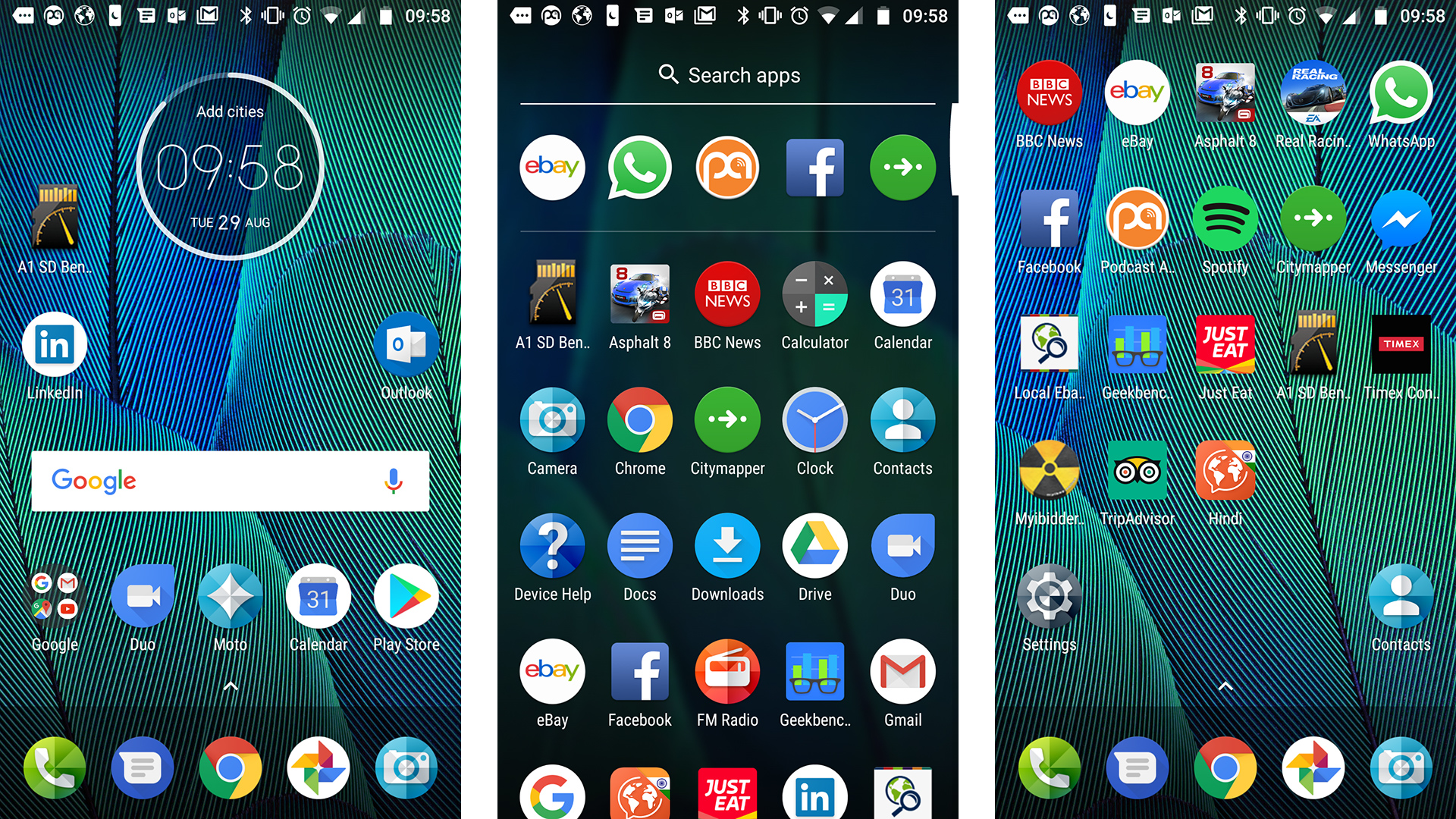
As well as being able to use the fingerprint scanner to replace the soft keys, with swipes acting as ‘back’ and ‘recent apps’, you can karate chop the phone twice to turn the torch on or quickly twist the G5S Plus twice to quick-capture a photo.
There are also gestures for rejecting calls and silencing the phone. All of these can be turned on/off separately if you find yourself accidentally firing them off, although we’ve grown quite fond of the torch gesture. Anyone else keep losing things under the sofa?
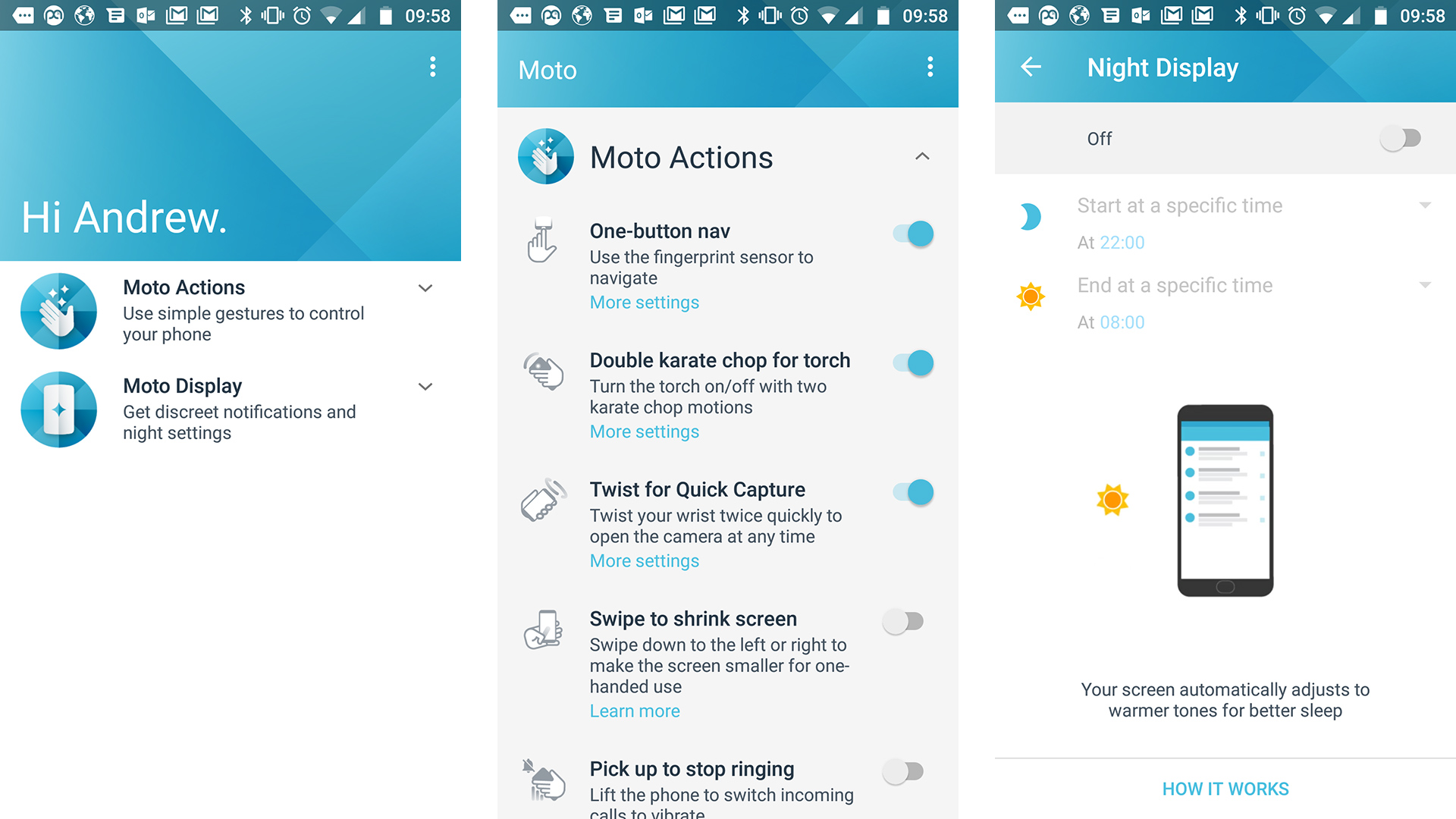
The Moto G5S Plus feels fast, with only a slight loss of the immediacy with which apps load compared to a phone 2-3 times the price.
We did experience a few app crashes, of the Facebook and camera apps in particular. However, if this is the phone’s fault such bugs are likely to be ironed out fairly quickly.
Similarly, bringing the phone out of standby using the fingerprint scanner is slower than most, although it reacts quickly while the screen is on.
Android 8 Oreo is set to come to the Moto G5S Plus at some point in the future, but Lenovo has yet to reveal an exact date so you shouldn't expect to get the up to date software particularly quickly if you buy this phone.
Movies, music and gaming
- Large screen is perfect for media
- Solid speaker
- No extra media software
The Moto G5S Plus’s screen makes it one of the best budget candidates for gamers and mobile media fans. Lenovo has not added any apps for this, though, leaving Google’s apps suite to the task.
However, when you first boot-up the phone you’re given the option to install from a selection of popular apps, including favorites like Netflix.
Google’s Music and Movies apps are perfectly fine if you don’t know where to start. They let you play your own content as well as streaming from Google’s own library.
Movies come in the form of outright purchases or rentals, but the music side is a little closer to Spotify, letting you stream 40 million tracks for a $9.99/£9.99/AU$11.99 a month subscription. You can buy albums too.
For the old-schoolers out there, the Moto G5S Plus also has an FM radio. We can’t imagine many people will use it at this point, though.
Given this is a relatively low-cost phone, we’re very happy with the sound quality of the bottom-loaded mono speaker. It’s loud and has the extra shot of lower-frequency power needed in a tiny speaker to avoid sounding reedy and harsh.
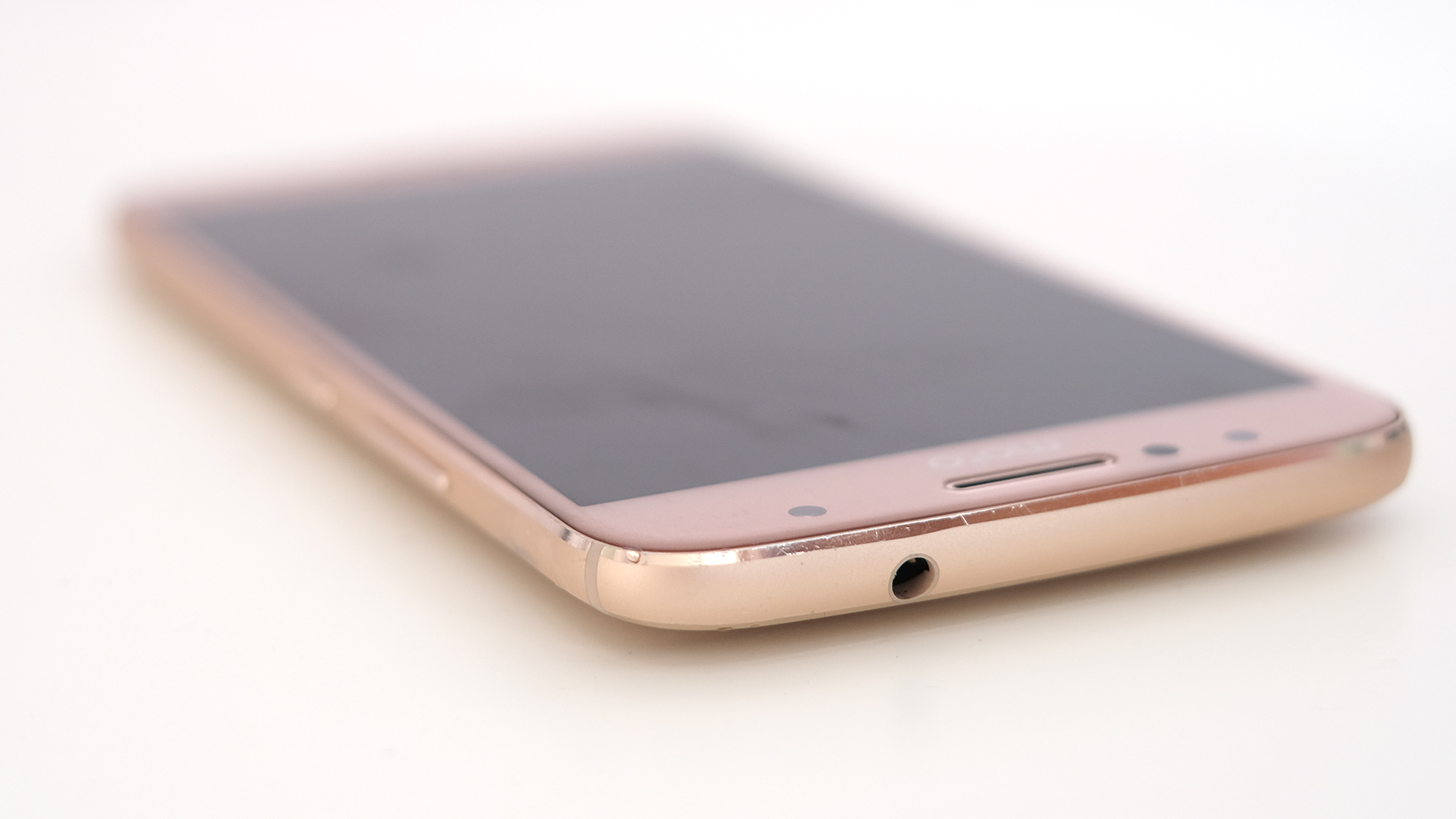
We’re also relieved that Lenovo has kept the 3.5mm headphone jack, whose days in phones are numbered. According to some, anyway.
Gaming performance is great for a lower-cost phone, with only minor occasional frame rate hitches in high-end games like Asphalt 8. If you’re a gamer on a budget, the Moto G5S Plus should be near the top of your list.
True obsessives may also want to consider the Honor 9, another high-quality phone, although at £380 (around $485/AU$640) it’s not really in the same category.
Performance and benchmarks
- Mid-grade performance
- Snapdragon 625 with 3GB of RAM
Like its predecessor, the Moto G5S Plus has a Snapdragon 625 CPU. This is a mid-range chipset, and one of the best options for a lower-price 1080p phone.
It has eight Cortex-A53 cores, and is paired with 3GB of LPDDR3 RAM rather than the faster LPDDR4/LPDDR4X kind. This is typical for a more affordable phone.
In Geekbench 4 the Moto G5S Plus scores 4,312 points. This is, confusingly, much better than the 3,824 points the Moto G5 Plus scored, despite having the same core hardware. However, it’s within the normal bounds for phones with the Snapdragon 625 chip.
A Snapdragon 625 chipset is nothing to get too excited about at this point, but it’s the right pairing for this phone. And doesn’t struggle with games as some MediaTek chipsets at this level do.
Battery life
- 3,000mAh battery charges fast
- Easily lasts over a day
The Moto G5S Plus has a 3,000mAh battery, one you don’t have any access to. This is a head-scratching spec when the smaller Moto G5S has the same capacity cell.
However, in real use we’re perfectly happy with the phone’s stamina. One day, for example, we streamed a couple of hours of podcasts, took it out for a day in London shooting some photos and still ended up with almost 40% charge by bed time.
A 90-minute video played at maximum brightness takes 16% off the battery level. That’s more than the 12% of the Moto G5 Plus, but that’s no great surprise when this phone has a larger screen.
The Moto G5S Plus also has fast charging, using Lenovo’s TurboPower technology. It ramps-up the voltage to up to 12V, to get you six hours’ use in 15 minutes.
As ever, the fastest charging happens when replenishing the first 60% of the battery, but it’s quick after that too. You’ll see the percentage creep up by just over a point each minute until the very end.
Camera
- Good mid-tone dynamic range enhancement
- Passable night photos
- Disappointing shutter lag
The Moto G5S Plus is the first of the Moto G phones to have two cameras on the back. Phones like the Samsung Galaxy Note 8 and iPhone 7 Plus have a second camera to let you zoom in with less quality loss than normal digital zoom. However, this dual 13MP array is more conventional.
You can simply take depth of field photos with the Moto G5S Plus. This is where the background is blurred for an arty effect, emulating the look of a wide-aperture DSLR lens.
It’s not as good as the Huawei or Apple versions of this idea, though. It can’t deal with complicated subjects well and there’s often ‘outlining’ of even simple ones. However, it’s still worth using and can produce some good results. Some of our best photos were taken using it.

The one problem with the Lenovo Moto G5S Plus camera is that it suffers from significant shutter lag. We used the phone alongside the Moto G4, and it is much faster to shoot than this new phone. We’re talking around a 0.5 second lag per photo, even after focus has been achieved.
That’s bad. However, it’s so uncharacteristic for the series we’re almost convinced Lenovo will fix it with a software update.
This aside, the Moto G5S Plus has a very satisfying camera for a lower-mid-range phone. You’ll get more detail out of the Sony Xperia XA1 though and you need to be careful about the exposure level to get a good shot.
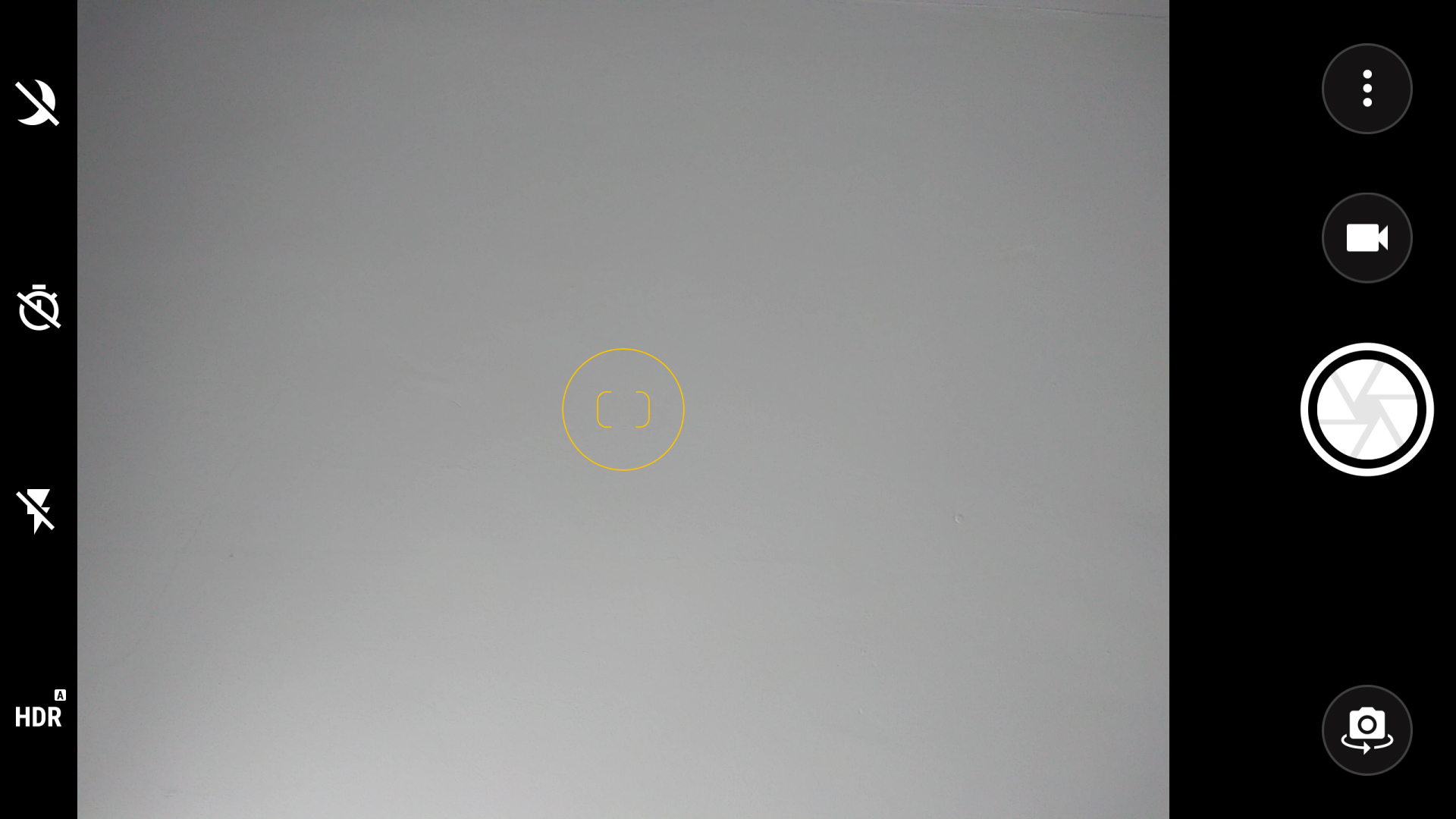
However, dynamic range enhancement is excellent among its peers and color is great. You can even shoot directly into the sun and get a usable pic with the Auto HDR mode.
Contrast isn’t as good as a true high-end phone camera and night photo quality is just okay. Low-light shots are softer here than a good phone with optical image stabilization, so you lose detail, and there’s a little noise. Images are still usable, though.
There’s also a pro mode that lets you alter the main settings yourself, although as usual for a Moto even the basic mode lets you change the exposure. And you’ll need to at times to get the best picture. Metering isn’t quite as smart as the best top-price phones.
The Moto G5S Plus does let you shoot 4K video, though, at 30fps. Move down to 1080p and you can shoot at 60fps.
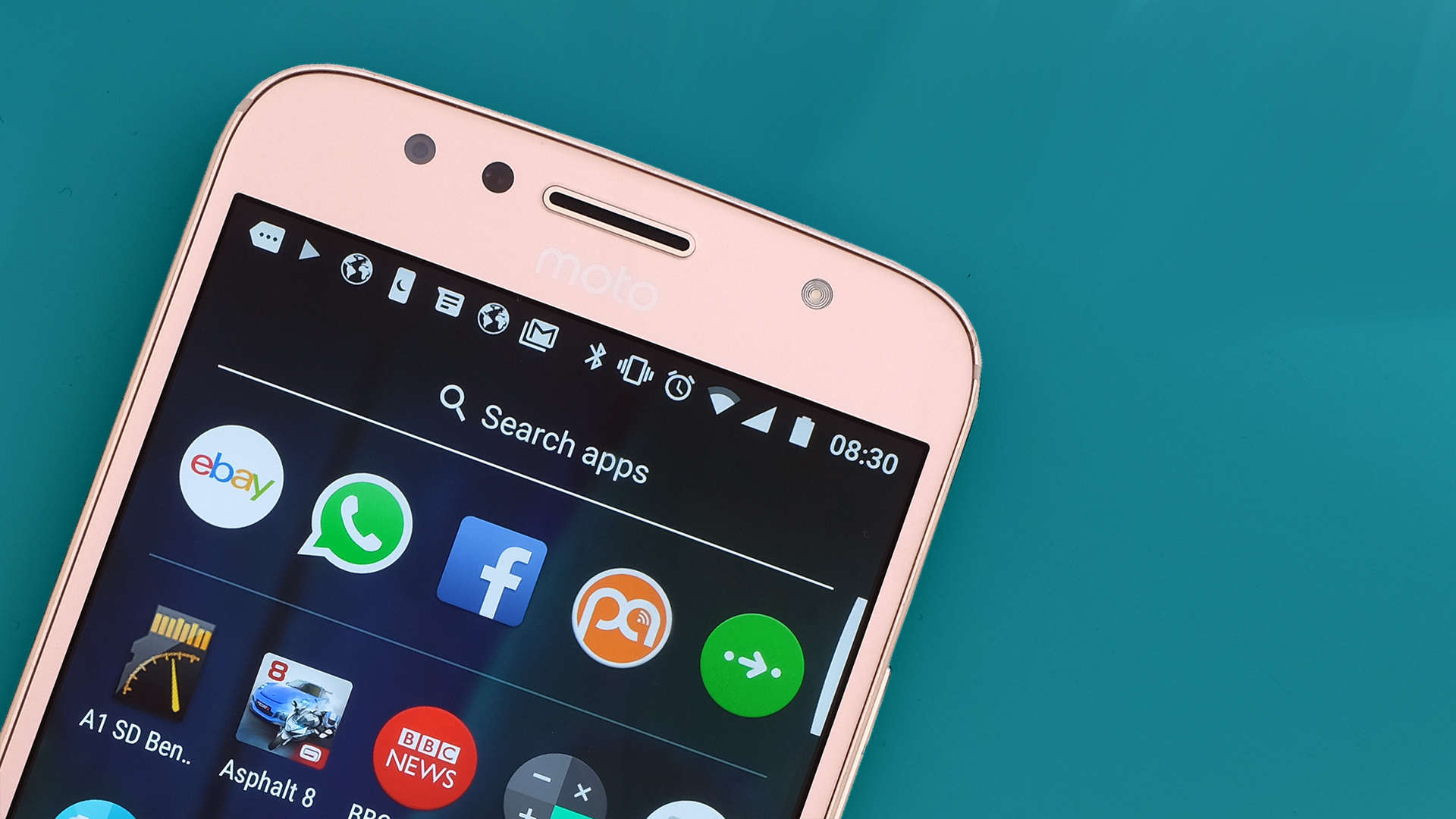
Around the front there’s an 8MP selfie camera with an LED flash. Image quality is fine, although detail does degrade fairly quickly with indoors lighting. This is where the flash steps in.
A white LED flash blasting at your face is never going to be that flattering, but it does actually work unlike some front flashes that barely seem to have an effect at all. For the serial Instagram selfie-botherers there are also face-enhancing modes to let you smooth-out your skin.
Camera samples gallery
Verdict
The Moto G5S Plus is, in a specs sense at least, not a major step up from the Moto G5 Plus. Its dual camera setup isn’t worth getting that excited about and the processing power is similar.
However, in person the shift is greater. Build quality has been dramatically improved and the larger screen offers something missing from the last wave of Motos. And we’re glad to see the 5.5-inch screen option return as it’s much better for gamers and video streamers.
Coming up with a new phone this quickly is likely to confuse some buyers, but we'd recommend this over the Moto G5 Plus.
However its successor, the Moto G6 Plus, looks to be just around the corner, so you may want to hold off until that's been announced.
It may be a more tempting proposition, and even if it isn't its arrival should drive the Moto G5S Plus price down.

Who's this for?
If you want a high-quality phone from a well-known brand but don’t want to spend too much, the Lenovo Moto G5S Plus is for you.
It’s much larger, and slightly better-spec’d, than the Sony Xperia XA1 and has a much more straight-forward approach than the Honor rivals like the Honor 6X.
Should you buy it?
At almost the same price as the Moto G5 Plus there’s no reason to buy the older phone unless you can’t handle the G5S Plus’s larger screen. It’s a top option among budget handsets in general too.
The competition
The Moto G5S Plus is one of the best big screen budget phones around, but the following four handsets are also worth considering.
Moto G5 Plus
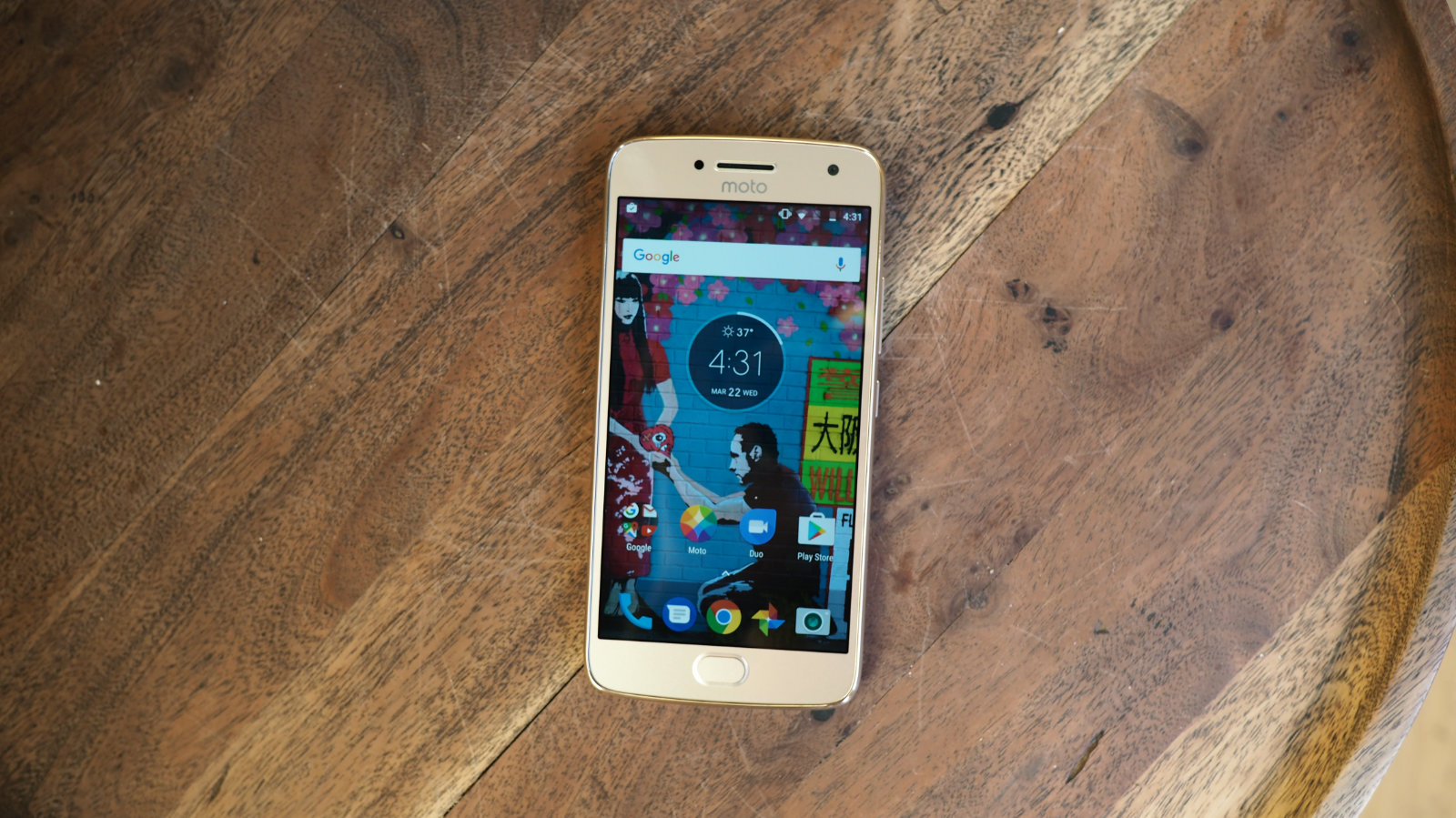
This phone's direct predecessor is the Moto G5 Plus, without the "S". The two are less similar than they sound, as the new version is significantly larger, with a 5.5-inch screen instead of a 5.2-inch one.
The G5S Plus also gains dual cameras and a much-improved all-metal shell. In theory, the older phone should have better low-light performance thanks to its large 12MP sensor, but in practice they’re roughly on-par.
- Read our full Moto G5 Plus review
Sony Xperia XA1
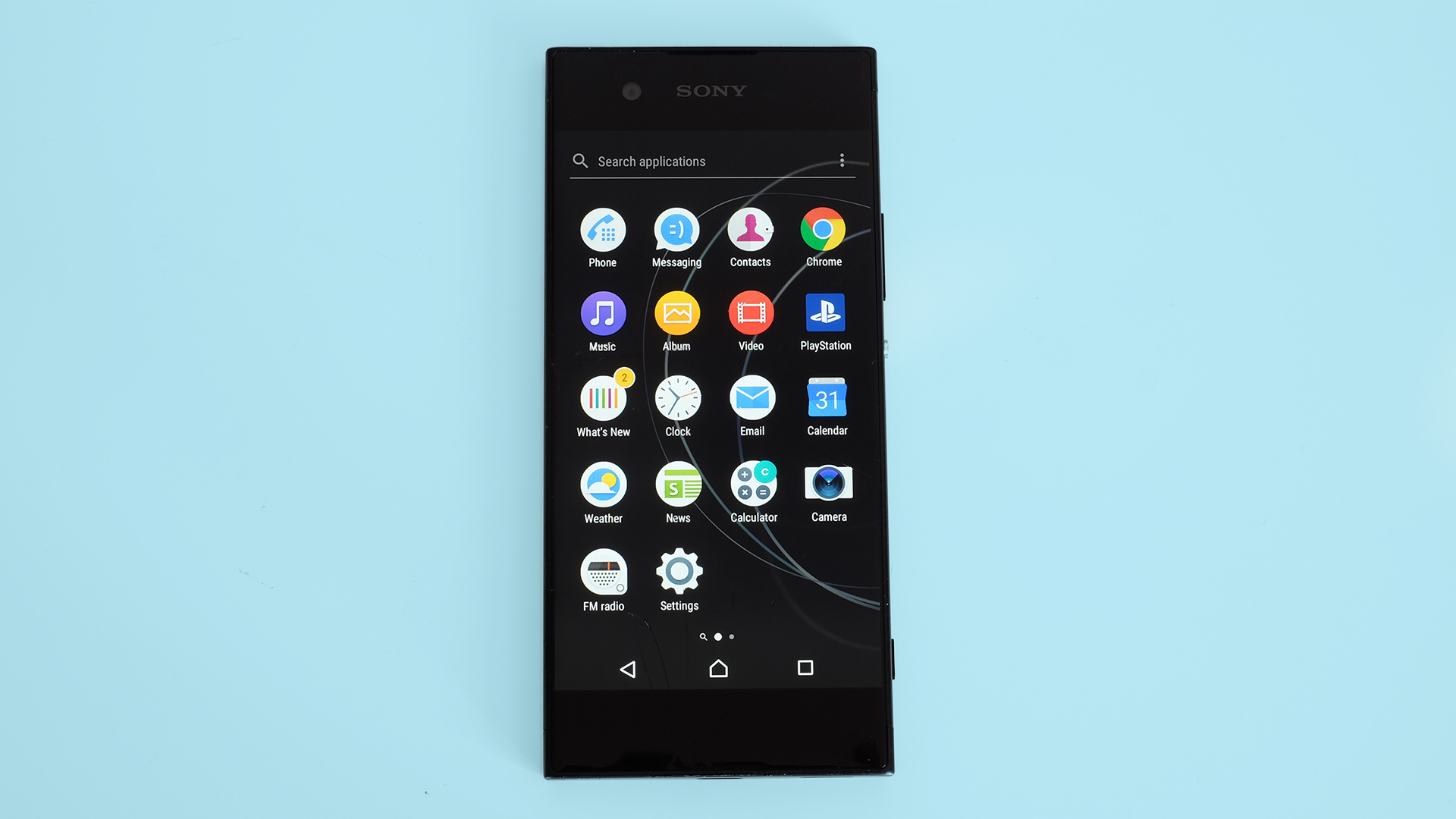
If you're buying to a budget rather than to find a large-screen phone, the much smaller Sony Xperia XA1 is worth a look. It is much more pocket-friendly than the Moto, and has a much higher resolution 23MP camera that can take some seriously detail-packed photos.
However, the Moto G5S Plus has a higher-end build, a sharper screen and is better value all-round.
- Read our full Sony Xperia XA1 review
Honor 9
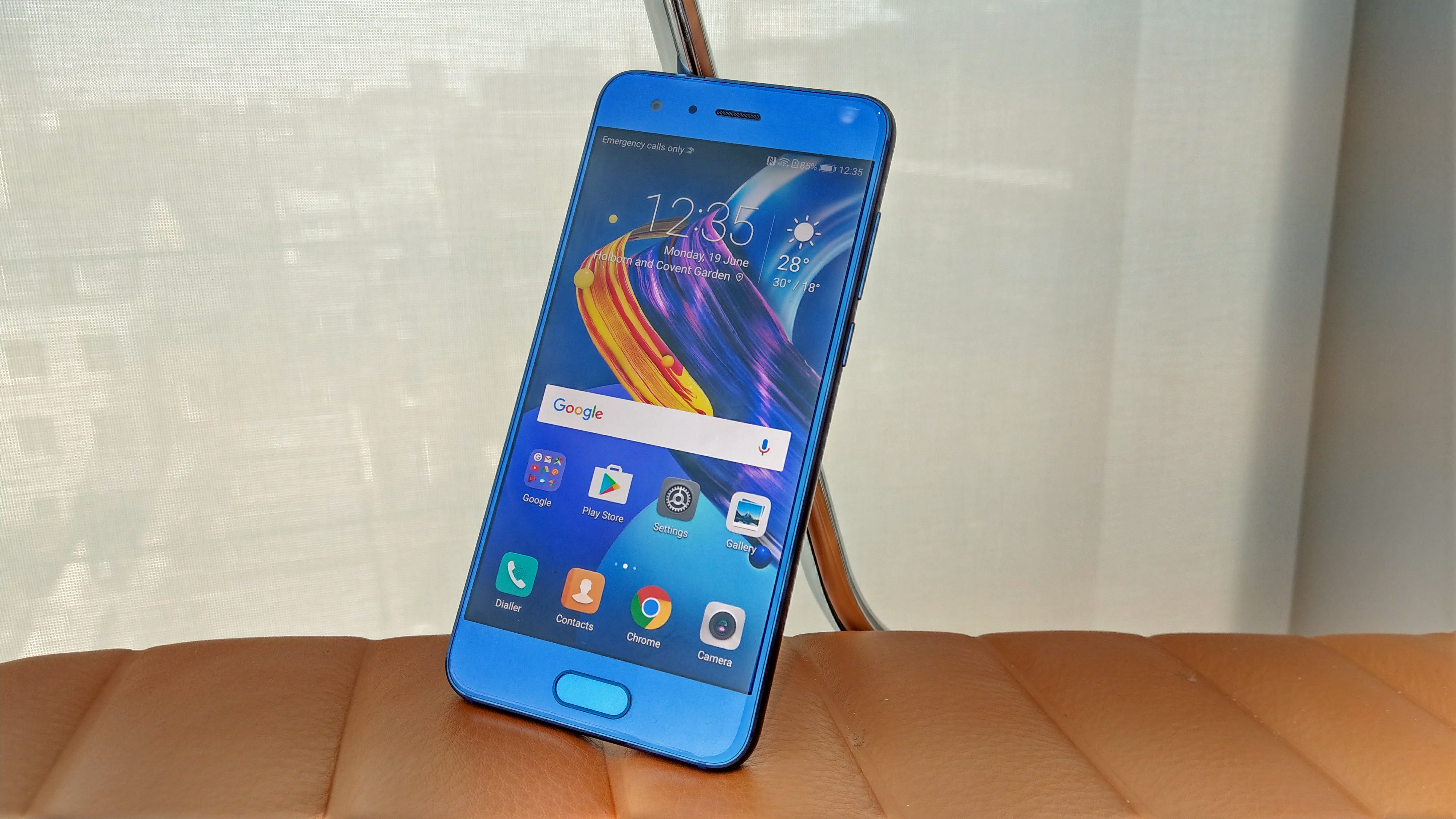
If you want to level-up to the next league of phones, the Honor 9 is your best aggressively-priced bet. Yes, it's a lot more expensive than the Moto, but also offers a true high-end chipset and a slightly smarter camera.
Oh, and it's also one of the shiniest phones you can get thanks to its dynamic multi-layered glass back. The question is: do you want a high-end phone at a mid-range price or are you happy with one that gets you something close-ish to the high-end experience for much less?
- Read our full Honor 9 review
Moto G5S
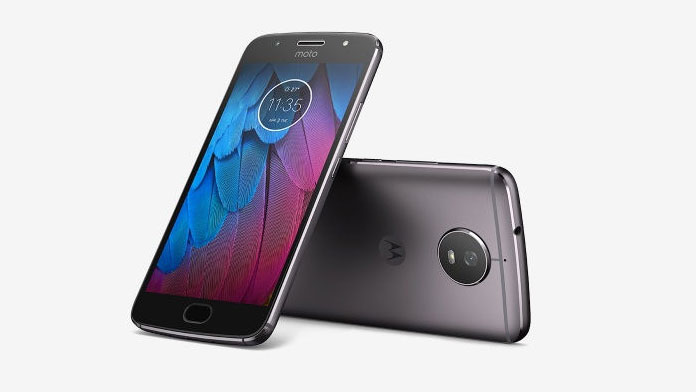
Lenovo has updated the Moto G5 as well as the Moto G5 Plus. The result? The Moto G5S. Confusing, isn’t it?
This is simply the smaller brother to the Moto G5S Plus, with a 5.2-inch screen, slightly lower-spec chipset and a higher-res but lower-quality camera sensor.
The price is slightly lower for that exact reason, but it's not much of a difference so you may be better off spending a bit more and getting the Moto G5S Plus.
- Read our full Moto G5S review
First reviewed: September 2017
0 comments:
Post a Comment